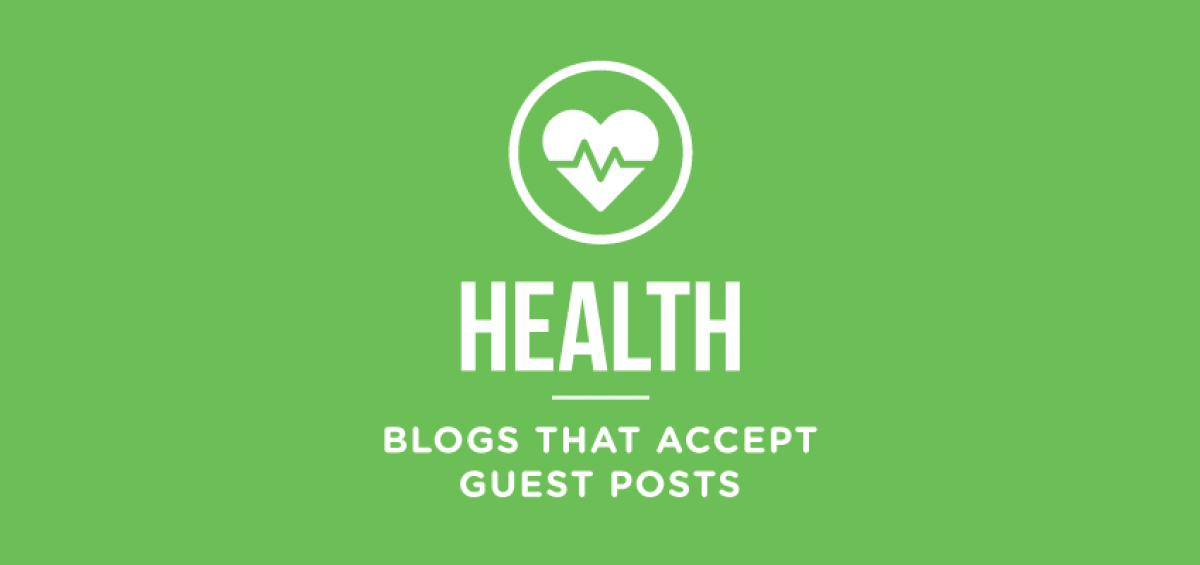What are trans fats?
Trans fats are a type of unhealthy fat that is created through a process called hydrogenation, where liquid oils are turned into solid fats. These fats are often found in processed and fried foods, baked goods, margarine, and vegetable shortening.
The negative effects of trans fats on health
Increased risk of heart disease
Consuming trans fats can significantly increase the risk of developing heart disease. Trans fats have been shown to raise LDL cholesterol levels (often referred to as "bad" cholesterol) while lowering HDL cholesterol levels (known as "good" cholesterol). This imbalance can lead to the buildup of plaque in the arteries, increasing the risk of heart attacks and strokes.
Elevated cholesterol levels
Trans fats not only increase LDL cholesterol levels but also lower HDL cholesterol levels. High LDL cholesterol and low HDL cholesterol levels are associated with an increased risk of cardiovascular disease.
Impaired brain function
Studies have suggested a link between trans fat consumption and impaired cognitive function. Consuming high amounts of trans fats may negatively affect memory, attention, and other cognitive abilities.
Weight gain and obesity
Trans fats have been found to contribute to weight gain and obesity. These fats promote inflammation and may interfere with the body's ability to regulate appetite, leading to overeating and weight gain.
Increased inflammation
Trans fats promote inflammation within the body. Chronic inflammation is linked to various health issues, including heart disease, diabetes, and certain types of cancer.
Sources of trans fats in the diet
Trans fats are commonly found in certain types of foods. By being aware of these sources, you can make healthier choices and reduce your trans fat intake.
Processed and fried foods
Many processed and fried foods, such as fast food, packaged snacks, and frozen meals, contain trans fats. These foods are often convenient but pose risks to your health due to their high trans fat content.
Baked goods
Baked goods like cookies, cakes, pastries, and doughnuts often contain trans fats. When purchasing baked goods, read the labels or consider making them at home using healthier alternatives.
Margarine and vegetable shortening
Margarine and vegetable shortening are often used as substitutes for butter. However, they can be high in trans fats. Opt for healthier alternatives like olive oil or avocado.
How to identify trans fats on food labels
When shopping for food, it's essential to read the nutrition labels carefully. Trans fats can be listed under various names, such as "partially hydrogenated oils" or "shortening." Avoid products that contain these ingredients.
Healthier alternatives to trans fats
By making simple dietary changes, you can avoid trans fats and opt for healthier alternatives that promote overall well-being.
Consuming unsaturated fats
Replace trans fats with healthier unsaturated fats found in foods like avocados, nuts, seeds, and fatty fish. These fats have been shown to have a positive impact on heart health.
Choosing natural and minimally processed foods
Opt for whole, natural foods over processed options whenever possible. Fresh fruits and vegetables, whole grains, lean proteins, and natural fats are excellent choices for a balanced diet.
Cooking at home
Preparing meals at home gives you full control over the ingredients used. Use healthier oils like olive oil or coconut oil instead of trans fat-laden alternatives.
Reading food labels
Become familiar with reading food labels to identify trans fats. Look for products labeled as "trans fat-free" or those that contain minimal amounts of trans fats.
The importance of a balanced diet
A balanced diet food is crucial for maintaining overall health and well-being. It provides the necessary nutrients, vitamins, and minerals that your body needs to function optimally.
Tips for maintaining a heart-healthy diet
To maintain a heart healthy diet, consider implementing the following tips:
Incorporate a variety of fruits and vegetables into your meals.
Choose whole grains over refined grains.
Opt for lean proteins like fish, poultry, and legumes.
Include healthy fats such as olive oil, nuts, and seeds.
Limit your intake of added sugars and sodium.
Incorporating nutritious balanced meals
To ensure you're consuming a nutritious balanced diet, include the following food groups in your meals:
Fruits and vegetables
Fruits and vegetables are packed with essential vitamins, minerals, and antioxidants. Aim for a variety of colorful options to obtain a wide range of nutrients.
Whole grains
Whole grains like quinoa, brown rice, and whole wheat bread are rich in fiber and provide sustained energy throughout the day.
Lean proteins
Lean proteins, such as skinless poultry, fish, tofu, and legumes, are excellent sources of protein without the added unhealthy fats.
Healthy fats
Incorporate healthy fats from sources like avocados, nuts, seeds, and olive oil. These fats promote heart health and provide essential fatty acids.
Limiting added sugars and sodium
Reduce your intake of foods high in added sugars and sodium. Choose whole foods and minimize processed and packaged options.
The role of exercise in maintaining a healthy lifestyle
Regular physical activity is vital for maintaining a healthy lifestyle. Engaging in activities like walking, jogging, swimming, or cycling can help control weight, reduce the risk of chronic diseases, and improve overall well-being.
Making gradual changes for long-term success
When it comes to making sustainable changes to your diet, it's important to take a gradual approach. Trying to overhaul your eating habits overnight can be overwhelming and difficult to maintain. Instead, focus on making small, manageable changes over time.
Start by identifying one aspect of your healthy diet that you'd like to improve, such as reducing your consumption of fried foods or sugary snacks. Replace these items with healthier alternatives, like baked or grilled options and fresh fruits.
As you become more comfortable with these changes, gradually introduce additional modifications. For example, you could start cooking more meals at home using whole ingredients, experiment with new recipes, or incorporate a wider variety of fruits and vegetables into your meals.
By taking a step-by-step approach, you'll be more likely to stick with the changes and develop sustainable habits that support your long-term health goals.
Seeking professional guidance
If you're unsure about how to navigate your dietary choices or have specific health concerns, it's beneficial to seek professional guidance. Registered dietitians or nutritionists can provide personalized advice tailored to your individual needs. They can help you create a balanced meal plan, address nutritional deficiencies, and answer any questions you may have.









 English (US) ·
English (US) ·